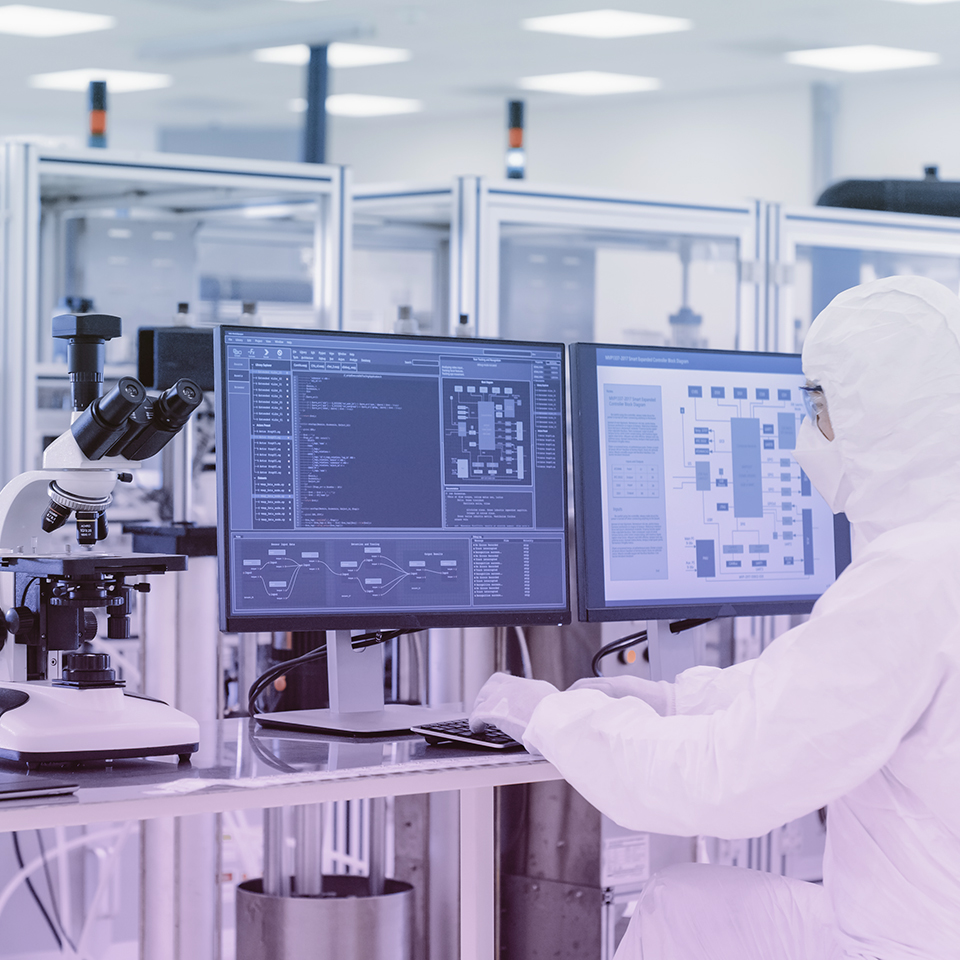×

client success stories
Using computer vision to maintain complex machinery
 3 min read
3 min read
Healthcare
Proof of concept delivered to two of our client’s research labs
Our client, a leading pharmaceutical manufacturer, has been in business for over 140 years. To comply with strict FDA regulations, they have to gauge in which way, and how quickly, their medicines dissolve in the body. To test new medicines, our client uses a special dissolution machine that dissolves them in a water-like medium, mimicking how medicines dissolve naturally in the human body.
To test accurately, the dissolution machine must be calibrated, otherwise the results of medicine experiments could be inaccurate. In some cases, the client might not know when the machine isn’t working and could be testing medicines incorrectly, in all good faith. And if the client then finds out the machine wasn’t calibrated, they have to check all previous experiments manually (potentially disregarding some experiments) – a tedious and expensive process that can take days.
Also, since the machine is monitored by technicians during the experiments, human error creeps in. Human observations are regarded as unreliable, being merely the opinion of the reporter.
So, the client needed a surefire way to verify the machine is functioning properly to ensure precision during use.
Having many experts in AI and healthcare gave us the relevant expertise needed to implement the project effectively. Also, Zoreza Global offers customized solutions, providing the client with an outcome that works best for their particular situation, as opposed to the approximate fit you get with an off-the-shelf product.
We implemented an AI solution to eliminate the majority of time-consuming and potentially erroneous human observation. To do this, the team ran experiments and then compared the live results to video footage of the machine’s behavior. Zoreza Global associates developed a program (in just five months) that understands when the machine’s state is correct or incorrect via computer vision, AI, and deep learning. This semi-automated solution avoids hours of human observation.
With a visual sensor that analyzes wobbling and rotation speed, the team used computer vision to “visualize” the process, frame-by-frame. Any deviation from the correct amount of wobbling and rotation speed is then calculated automatically. Afterwards, if the machine is in an incorrect state, the AI alerts our client via a user-friendly dashboard. The program alerts users to anything out of the ordinary, such as when something in the machine isn’t aligned correctly or is running at the wrong speed. This way, our client is guaranteed to know when the machine needs maintenance, without the use of manual labor.



Business outcomes of the solution:
The dissolution machine’s maintenance solution is perfect for all types of machinery. It helps users to understand future maintenance, how to work uninterrupted and prevent future issues, as well as how to improve safety (certain improper movements can be dangerous for many machines).